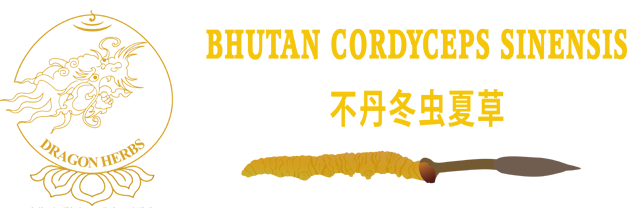Bhutan Medicinal Herbs
Historically, Bhutan is known as the ‘Druk Yul’ (the Land of Thunder Dragon). Bhutan is the hub of diverse mysterious zoological and botanical creations. Over 7000 species of vascular plants are reported to have been growing in Bhutan and most of them have medicinal values. Deriving from the prevalence of plentiful medicinal herbs, Bhutan also referred to by the name ‘Menjong’ (Land of the Medicinal Herbs). Thus the firm is privileged to tag the name Dragon Herbs, Bhutan.
The collection, conservation and sustainable utilization of Medicinal and Aromatic Herbs in Bhutan are guided by sound legal frameworks and Acts: Forest Act 1969, Plant Quarantine Act of Bhutan 1993, Forest and Nature Conservation Act 2000 and Biodiversity Act and Framework of Bhutan 2003,2006.
One of the herbal species, widely known as Cordyceps fungus, which grows inside a particular caterpillar, is one of the most popular and highly respected herbs in the world.
Cordyceps are harvested in high Himalayan mountain regions; specifically Bhutan, Tibet, China and Nepal. Grown at an altitude of 3,900 – 5,400 m above sea level during the months of May – July in Bhutan, Cordyceps is a highly valued medicinal herb. Considering the high value, some referred to Cordyceps as the gold of the Himalayas and Paradise Herbs.
Cordyceps Sinensis is considered to be “exotic” healers and believed to be “a precious longevity-promoting herb.” It has the immune-boosting capacity and helps in blood circulation. Cordyceps are especially beneficial for people with respiratory, kidney, other ageing-associated diseases and so on.
Known for its unparallel quality, collection of Cordyceps was legalized in the country since 2004 as a main source of income for the highlanders under the Royal edict of His Majesty the Fourth Druk Gyalpo, Jigme Singye Wangchuck.




